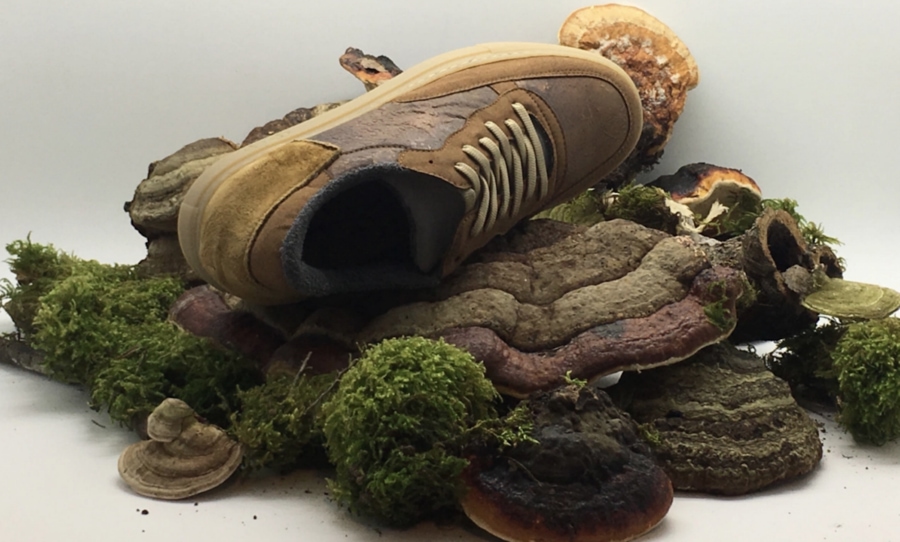Researchers have discovered a way to craft vegan leather out of mushrooms, as the fashion industry continues towards more sustainable and ethically-sourced materials.
Leather has beloved for generations in the fashion industry due to its top tier qualities. Durable, fire and dry abrasion-resistant, and relatively waterproof, the material seems like the ideal combo.
However, as consumer want shifts and industry ethics slowly become more transparent, the cow-hide material is appearing less and less beneficial. Lucky for us, researchers may have come up with the next best thing: shrooms!

Leather alternatives have been around for some time already, with synthetic polymers already gracing the market. However, issues surrounding the sustainable disposal of these alternatives are already rearing their ugly head, following the same path made infamous by synthetic plastic.
One German company, already making waves in the sustainability market, nat-2 have just teamed up with Zvnder to unleash an eco-friendly option onto the market: and it’s a bit of a trip, to be honest.
“The sustainable sneakers have an exterior made of mushroom leather, eco-cotton terrycloth, microfiber suede made from recycled plastic bottles, natural cork (the insoles), and natural rubber (the outsoles),” the brand explain about their mushroom-based leather.
The mushrooms in question are sourced from the trama of the tinder sponge (Fomes Fomentarius), a parasite that grows on birches and beeches that are dead or broken. Once harvested, the fungi are handwoven with eco-cotton terrycloth to increase strength. These shoes are completely sustainable, organic, vegan, and chemical-free, with similar desirable qualities to that of leather.
Fancy stepping out in mushroom shoes? Ethical, sustainable and eco friendly way of making leather from fungi. https://t.co/MFWYDRalio #science via @CosmosMagazine #fungi #sustainability #leather
— Natalie Parletta PhD (@NatalieParletta) September 7, 2020
Although there’s no proof that a decrease in leather harvesting will curb the mistreatment of cattle, the process of producing leather is really where the environmental implications lie. The energy-intensive tanning process produces a sludge waste that is resource-draining and non-sustainable, placing leather and cowhides in a worse off ethical category than other processed meat parts; blood, heads and organs included.
Mushrooms, on the other hand, boast a root-like structure called mycelium which is actually the same polymer found in crab shells. But what makes our little fungi friend so similar to leather is the thick mat formed in mushroom roots that are planted on the base of agricultural waste. Not requiring any light to grow, these particular roots can pop up pretty much anywhere and also convert waste into reusable materials through their growth cycle.
The final mushroom product has very similar properties to leather, requiring few additives while maintaining a similar aesthetic appeal and texture. This is pretty huge considering the resources taken to feed and raise cattle, in comparison to a few little shroom spores.
A few US-based companies have already patented these mushroom technologies, including Ecovative Design and MycoWorks who have raised $17 million in venture capital alone last year.
If all goes well, it looks like we might be trudging around in fungus before too long.
#CreativeCrush on Mycoworks who are growing sustainable leather from mushrooms – https://t.co/OHA57D65Ey pic.twitter.com/ceVYJrDZ6K
— Urban Ladder (@UrbanLadder) September 24, 2016



